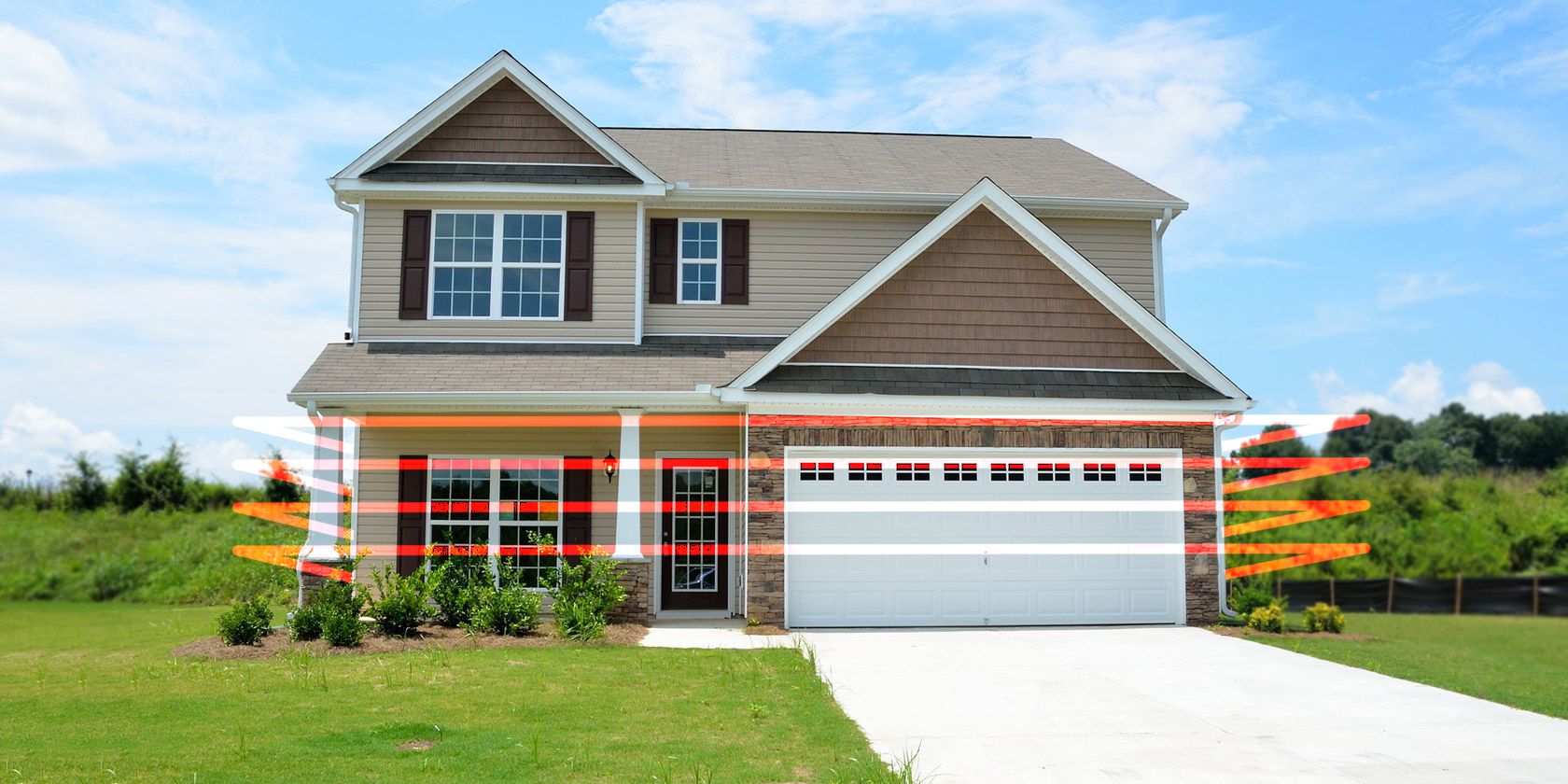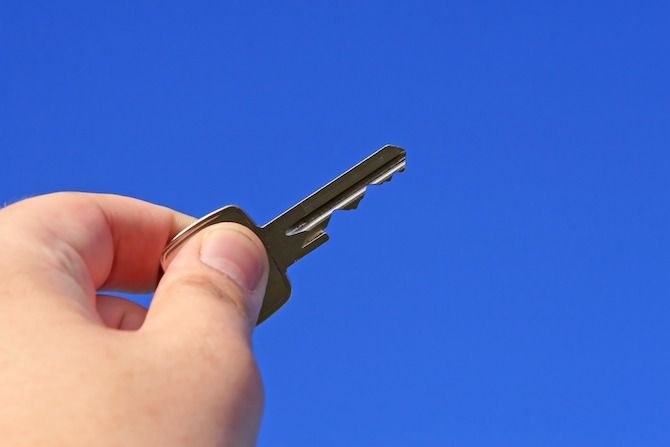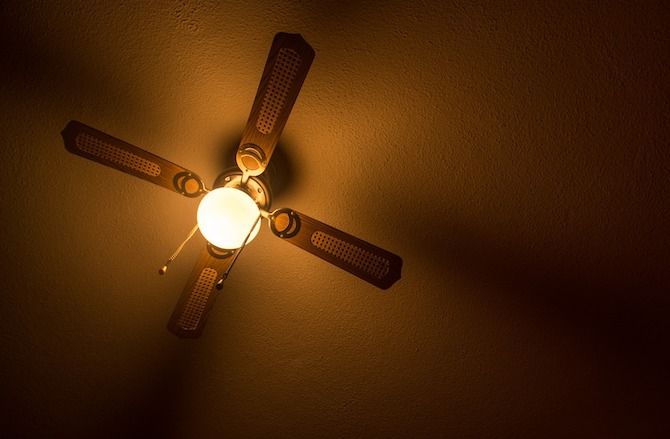Motion sensors and detectors have grown in popularity in recent years as they have gotten smarter and less expensive. Today's motion products have uses that go beyond providing home security. In this article, you'll learn more about motion sensors and the ways you can use them to improve your life.
What Is a Home Motion Sensor?
Most home motion detectors use Passive Infrared (PIR) sensors, which react to infrared radiation emitted or reflected from an object. If the infrared energy levels (think body heat) in a room or other location changes rapidly, the sensors trip. PIR sensors are ideally suited for a home environment since they can work anytime, including at night.
Despite their many uses, PIR sensors do have some disadvantages. First, they have a limited range, meaning that you'll most likely have to buy multiple sensors for one location. Second, they cannot detect slow moving objects. Finally, PIR sensors are subject to triggers that you might not anticipate such as outside lighting.
Home Security
Motion detectors have played a central role in home security systems and continue to do so. These sensors identify when an intruder gets near or enters a property and sends an alert. Sensors can be used to detect the opening and closing of doors and windows, or when there is movement in your home.
These alerts can take the form of an actual alarm, silent or otherwise. Thanks to smart technology, you can also receive alerts on your smart device, which is perfect for when you are away from home.
Many of today's motion detectors come with a home security camera built in, which offers real-time video and sound. The Canary home security system, for example, comes with a 1080p HD camera with 147-degree wide-angle lens. Piper nv, by contrast, offers an 180-degree night vision HD camera. Both cameras feature live and recorded video, instant mobile alerts, and an extensive list of environmental sensors.
Beyond Home Security
Motion sensors and detectors provide more than just security to a home. These other ways may surprise you.
Light Your World
Home lighting systems and motion sensors work very well together. At the most basic level, you can have your lights turn on every time you enter an individual room or strategic location. Combined with other smart devices, such as Philips Hue, you can take these triggers to fun, new levels.
For example, use smart lighting and sensors in small windowless rooms or spaces like pantries or wardrobes so that there is always a light on when someone enters. Or have your lights blink whenever someone arrives at your property at night.
Has your teenager broken curfew? Have your bedroom lights wake you up when they finally get home.
Arriving and Leaving Home
Lighting isn't the only thing motion detectors can trigger. Specifically, you can have triggers set up for whenever you leave or come home.
These triggers could include opening the gates when your car arrives or turning up the Nest smart thermostat when you pull into the driveway. On your way out of your home, you could use motion detectors to lock your doors, arm your security camera, or turn on an appliance.
Odds and Ends
Here are some other ways to use motion detectors in your home.
Food fight. Motion sensors (combined with security cameras) are a nice way to keep track of what's been going in public spaces in your home.
Who left the refrigerator door open? Who ate the last treat from the cookie jar? Now you'll know.
It's a celebration. Welcome others into your home by playing music at their arrival. This example works bests during parties or holiday celebrations.
Don't go there. Some areas of the home are off-limits to children, including medicine cabinets, basements, workout rooms, and home offices. For added peace of mind, use sensors to receive text alerts whenever someone enters these locations, or trigger your smartphone to play a recorded message at full volume!
Little critters. Animals such as mice love finding warm places to live during the cold, winter months. Don't let that place be your attic or basement. Install motion detectors to find these critters and then remove them. Households with cats who like to explore in crawlspaces can also benefit from this tip.
Using Motion Detectors in Real Life
I love using smart home products and motion sensors in my home.
For example, I recently installed a smart ceiling fan from Haiku, a division of Kentucky-based manufacturer Big Ass Solutions. My bedroom fan (which included LED lighting) turns on when someone enters the room and turns off five minutes after someone leaves. At night, I've set the motion sensor to disable, so that the fan stays on throughout the evening.
By contrast, my Nest knows (thanks to my smartphone) my comings and goings and adjusts the temperature in my home accordingly. I rather keep my house a few degrees cooler when I'm there, at least during the summer months. During winter, I usual have the temperature rise considerably whenever I arrive at home.
Finally, I have my Canary camera set to record video when there is movement in my living room. But only when I'm not at home. Otherwise, the camera is turned off.
Motion detectors serve useful purposes that extend beyond home security. Many of these combine with other smart home devices to give you an all-in-one solution.
How are you using motion detectors in your home? Let us know below.





